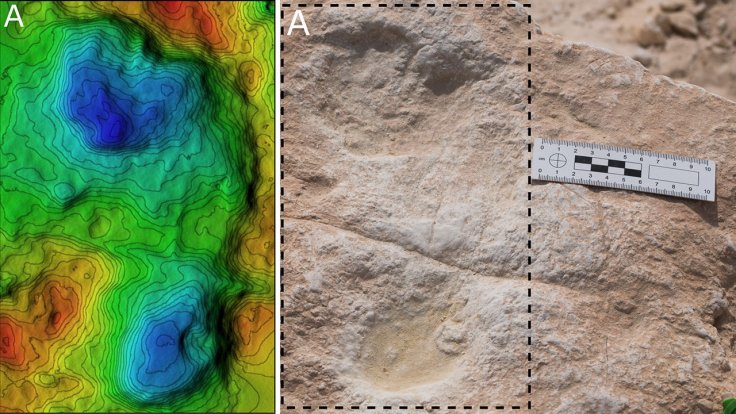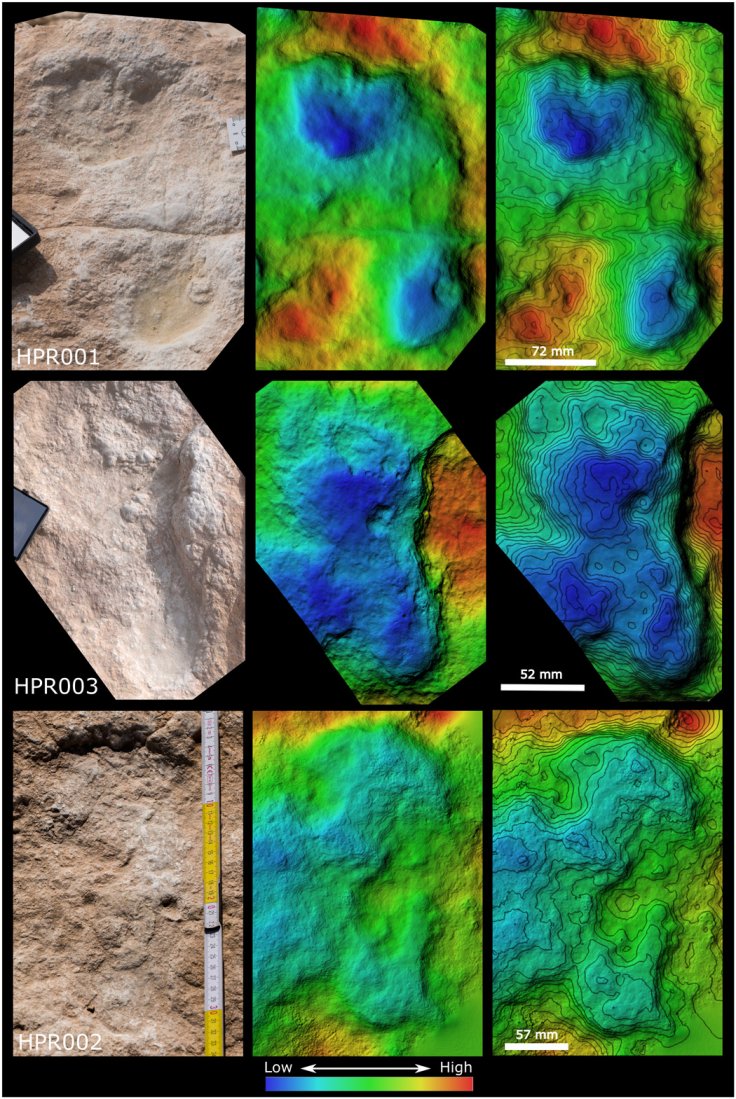Scientists have discovered 120,000-year-old footprints belonging to humans around an ancient dry lake in the northern region of Tabuk in Saudi Arabia.
This latest finding has excited the international science community, as these are the earliest evidence of humans in the Arabian peninsula. The discovery also indicates that the early ancestors of modern humans were moving out of Africa much earlier than 60,000 years ago—a timeframe achieved by genetic studies over the years.
The Early Humans

As per the experts, these footprints belong to at least two people and said that these could lead researchers to understand which route early humans had taken while leaving Africa and ultimately populate the world.
Mathew Stewart from the Max Planck Institute for Chemical Ecology said that the new finding suggests "inland routes, following lakes and rivers, may have been particularly important to humans" leaving the African continent.
It could be further evidence that there were multiple migrations out of the African continent, something that is supported by previous findings — 88,000-year-old human finger bone in Arabia, the 180,000-year-old jawbone in Israel, and 200,000 years old incomplete human skull found in Greece.
The recent discovery of the seven human footprints was included in a paper that was published in the journal, Science Advances. In this paper, an international team of experts has given details of how they found the footprints in an ancient lake deposit in the Nefund Desert. As per the study, the dating of sediment above and below the prints has indicated that they are between 112,000 and 121,000 years old.

What does This Finding mean?
As per researchers, the finding of these footprints at the same place indicates that these people were possibly traveling together. The scientists also found several animal footprints alongside 233 fossils. According to researchers, apart from getting water from the lake, this small group of travelers may also have hunted some of the animals for food before moving on.
Richard Clark-Wilson, a co-author of the research from Royal Holloway, University of London said that at the time when those humans were moving through that location, the area wouldn't have been hyper-arid. Instead, the area would have been grassy savannah with water bodies, offering opportunities for early human migration. Even previous studies have found that the region experienced much humid and greener conditions due to natural variation in climate.
Michael Petraglia, from the Max Planck Institute for the Science of Human History, explained that "the presence of large animals such as elephants and hippos, together with open grasslands and large water resources, may have made northern Arabia a particularly attractive place to humans moving between Africa and Eurasia."









